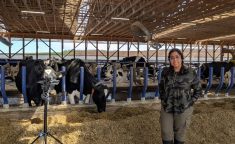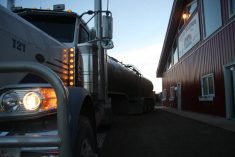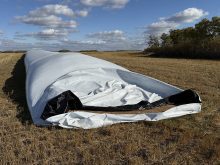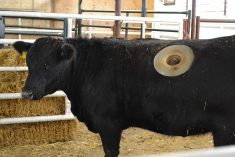Researchers at the University of Alberta have come one step closer to understanding the mystery that is the dairy cow.
The scientists are part of an international team that has managed to sequence the genes of a cow. Researchers with the Bovine Genome Program at the University of Alberta were responsible for tracking the descriptions of the genes and their mutations.
Mutation of the genes leads to differences in animal performance and meat and milk differentiation, says Dr. Stephen Moore, Professor at the University of Alberta and leader of the Bovine Genome Program.
Read Also
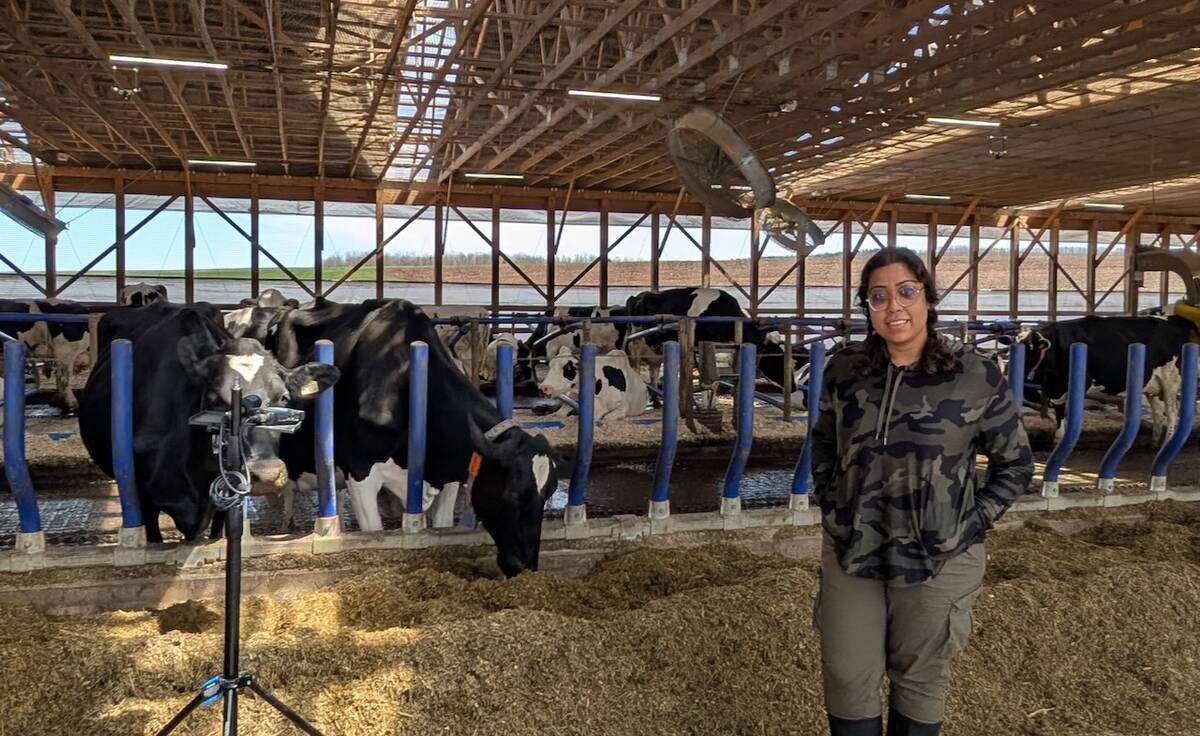
Moo translator and methane measures: There’s an app for that
Dalhousie University researchers use artificial intelligence to create new dairy farm apps that analyze cattle sounds and measure methane.
The results of this experiment were published in an international, peer-reviewed scientific journal this spring.
The U of A scientists helped develop a tool that can determine 50,000 different types of the mutations within the genome. The technology was adopted by the North American dairy industry this year and other countries are expected to begin using this tool very quickly.
The technology can determine the genome type of one particular animal to track whether it should continue to further evaluation. This can be particularly useful in determining the breeding potential of young bulls and will increase the rate of genetic gain, said Moore.
The team is currently working to validate this process in beef animals, which are more difficult to track because of the variety of breeds. The dairy industry uses few breeds and has kept accurate records of the pedigrees of the animals, said Moore.
The international effort was headed out of the United States under the National Institute of Health. Canada contributed $5 million towards the project, which cost US$50 million. The initiative was started in 2000 and funds for the sequencing were available in 2004.
Moore says the cost of genotyping an individual animal has dropped considerably, and the technology continues to develop, which will make gene sequencing more and more achievable.
Scientists at the University of Alberta currently have a partnership with a company called Applied Biosystems to sequence a number of animals, including Angus cattle, a variety of dairy cattle, commercial beef cattle and Brazilian cattle, which will enable researchers to discover more about the evolution of cattle. The genes of a water buffalo, currently used for many agricultural purposes in South East Asia, will also be sequenced.
In addition, elk and deer genomes will also be sequenced in the hopes that researchers will learn more about chronic wasting disease, says Moore.
Moore anticipates that three or four animals will be sequenced in the next six to eight months.



